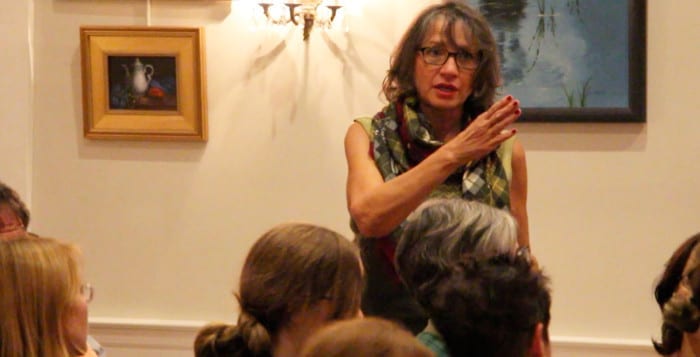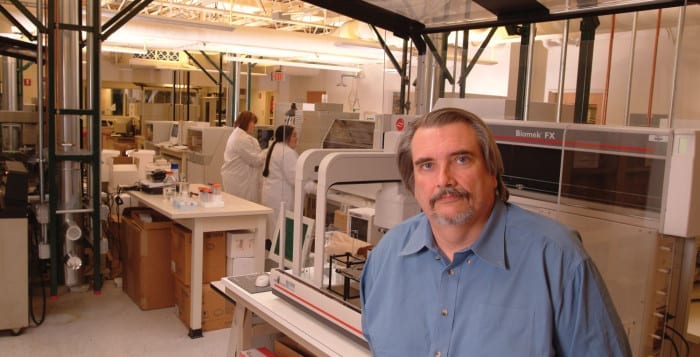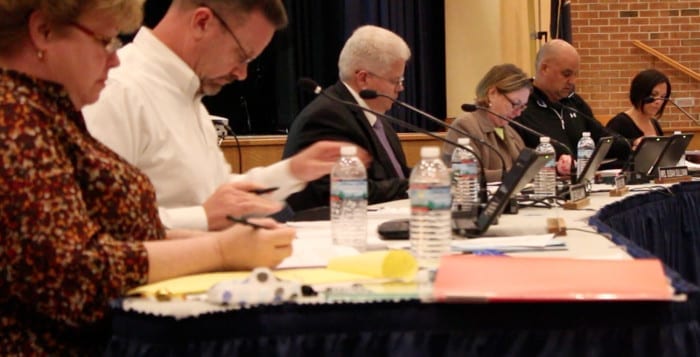We talk a good story about prevention, but most of the time, we in the medical community are guilty of confusing primary prevention with early detection. Breast cancer is no exception.
If you’re a woman and thought that there was not enough intrigue during a doctor’s appointment, the new recommendations from the American Cancer Society (ACS) and the results from the recent ductal carcinoma in situ (DCIS) study should help spice up the conversation with your physician.
For the first time since 2003, the ACS has changed its recommendations for the use of mammography in the early detection of cancer. The guidelines have become less aggressive. We will review this in greater detail.
What about DCIS? This is where atypical cells that look like potential cancer cells that may metastasize can be picked up on mammography. DCIS is known as stage 0 cancer. DCIS is found specifically in the mammary glands (milk ducts). The in situ portion of the phrase means “in place.” The current treatment regimen almost certainly involves surgery — a lumpectomy, mastectomy (complete removal of the breast), or even double mastectomy. DCIS has the potential to progress to invasive cancer, or it may be cancer in its own right.
However, it may not. This is where the quandary begins. It may just be another potential risk factor for those with average risk. We are not talking about those with high risk, either personal or family history. This is a different category.
DCIS used to make up 3 percent of breast cancer diagnoses. But now, it has increased to approximately a quarter of breast cancer diagnoses in the United States (1), in large part due to the use of mammography. The expected number of women diagnosed with DCIS in 2015 is 60,000 (2).
And then there is diet, which may help with the primary, or “true,” breast cancer prevention. Let’s look at the research.
How have the ACS guidelines changed for mammography?
Ironically, during breast cancer awareness month, the ACS, a well-respected organization, loosened the guidelines for average-risk patients (3). Changes include the age and frequency of mammography, based on data from randomized controlled trials, observational trials and modeling studies done since 2003. ACS increased the recommended mammography age from 40 to 45 years old. Then recommending patients be screened by mammography annually until age 54. After 54, the exam should be biennial (every other year), as long as the predicted reasonably healthy life span is at least 10 years.
However, women may use their own prerogative to obtain mammograms annually between 40 and 44 years old and after 54. The ACS no longer recommends clinical (in-office) breast exams in average-risk women. It may not seem like a large difference, but after having talked to some gynecologists, they are more comfortable with starting patient screening at age 45.
The reasons for these changes include the recognition that mammography is less than perfect and may result in recall, especially in younger women, and a potential for false positives, which can lead to invasive biopsies. Also, the clinical breast exams data is very low quality (4).
Unfortunately, there is no uniformity among the recommendations. The ACS recommendations are not as radical as the United States Preventive Services Task Force (USPSTF), though they are getting closer. In 2009, USPSTF recommended women undergo mammography starting at age 50 and every other year until 75 (5). Like ACS, USPSTF doesn’t recommend clinical breast exams.
Stage 0 breast cancer — DCIS
We used to think there was a linear relationship in cancer, where early-stage cells would eventually become malignant. However, this may not always be the case. In fact, we may be overtreating DCIS, this early form of breast cancer. In the SEER study, results showed that, at the 20-year mark, mortality rate was similar, 3.3 percent, regardless of surgical treatment with either lumpectomy with or without radiation or a mastectomy (6). This percent is similar to ACS’s estimated average risk of women in general dying from breast cancer.
However, the rate of mortality was greater in those who were under 35 years old, compared to older women and for those who were black, with a 2.5-fold increased risk for both groups. Many times, those under ages 35 to 40 with DCIS are symptomatic, presenting with a significant mass and blood discharge from the nipple. Certain characteristics increase risk of DCIS mortality, such as estrogen receptor status, the size of the mass, as well as grade of DCIS. If the DCIS developed into invasive breast cancer, then the risk of death went up 13 to 18 times.
The problem is, it is not clear who will develop DCIS that will result in mortality in its own right or develop invasive breast cancer. Recurrence of DCIS did not have an increase in mortality. There were approximately 100,000 women in this large observational study. We need randomized controlled trials as follow-up to this data before more definitive statements can be made. Interestingly, this is eerily similar to early-stage prostate cancer, where the younger male population and blacks have higher risks of advanced disease and death.
The incidence of breast cancer mortalities should have declined as more and more DCIS cases were identified. Unfortunately, there has been no significant change in mortality from breast cancer (7). Aggressive treatments with radiation after lumpectomy did not result in any more favorable results than without radiation. Some gynecologists have suggested that, if you receive a DCIS diagnosis, a second pathology consult might be in order to confirm that it’s DCIS.
Lifestyle to the rescue
In the PREDIMED trial, results show that with the Mediterranean-type diet that includes supplemental olive oil, the risk of malignant breast cancer was reduced by a significant 68 percent, compared to the control arm (8). The control arm was based on a low-fat diet. The strengths of this trial were that it was the first randomized controlled trial with diet and breast cancer, as well as having 4,152 participants and a solid duration of 4.8 years.
Unfortunately, there were weaknesses; breast cancer was a secondary end point, so not everyone received a screening mammography at baseline, and there was a low overall incidence of breast cancer. Still, this is an exciting trial that needs to be repeated. The diet may have been advantageous because of its antioxidant properties. There were no adverse reactions to the Mediterranean diet; in fact, this trial was stopped early because of positive cardiovascular results, the primary end point.
It could be summed this way: If you want simple, true prevention, then think diet! If you have DCIS, you will likely have a stimulating conversation with your doctor about options. There is even a breast surgeon at UCSF, Laura J. Esserman, M.D., who is willing to put average-risk DCIS patients on active surveillance instead of surgery, though she is in the minority. And for all of you who hate the pain of having your breasts crushed during mammography, you can thank the ACS for the guideline changes.
References:
(1) www.cancer.org/acs. (2) CA Cancer J Clin. 2015;65(1):5. (3) JAMA. 2015;314(15):1599-1614. (4) JAMA. 2015;314(15):1569-1571. (5) uspreventiveservicestaskforce.org. (6) JAMA Oncol. 2015;1(7):888-896. (7) JAMA Oncol. 2015;1(7):881-883. (8) JAMA Intern Med. online Sept. 14, 2015.
Dr. Dunaief is a speaker, author and local lifestyle medicine physician focusing on the integration of medicine, nutrition, fitness and stress management. For further information, go to the website www.medicalcompassmd.com or consult your personal physician.

















